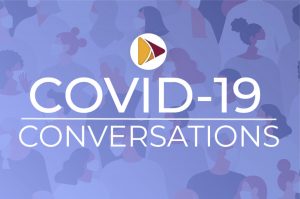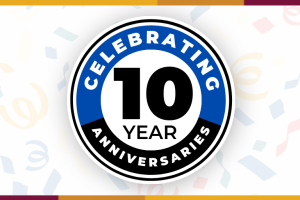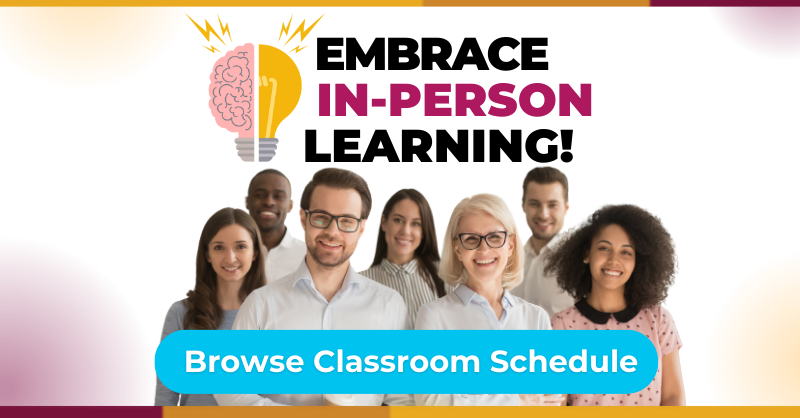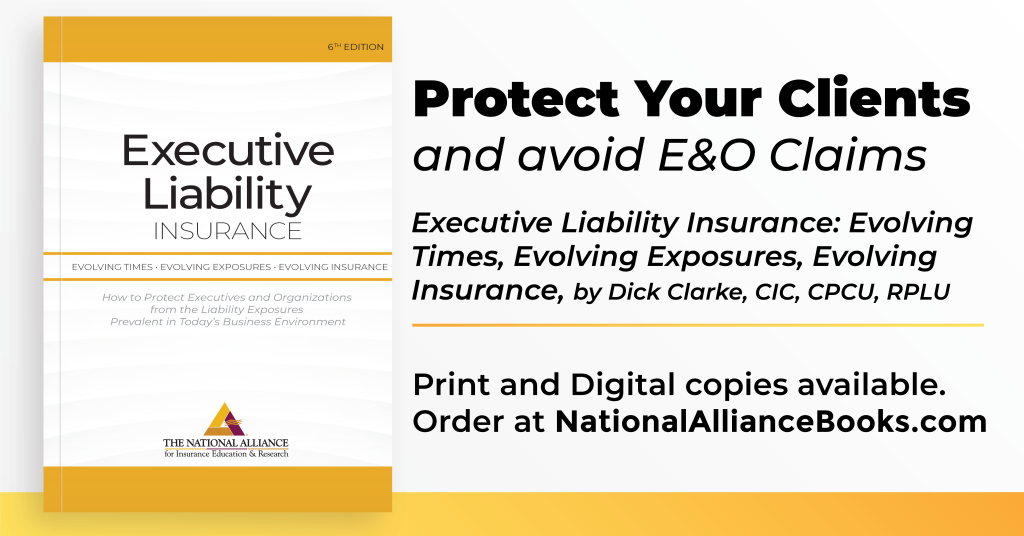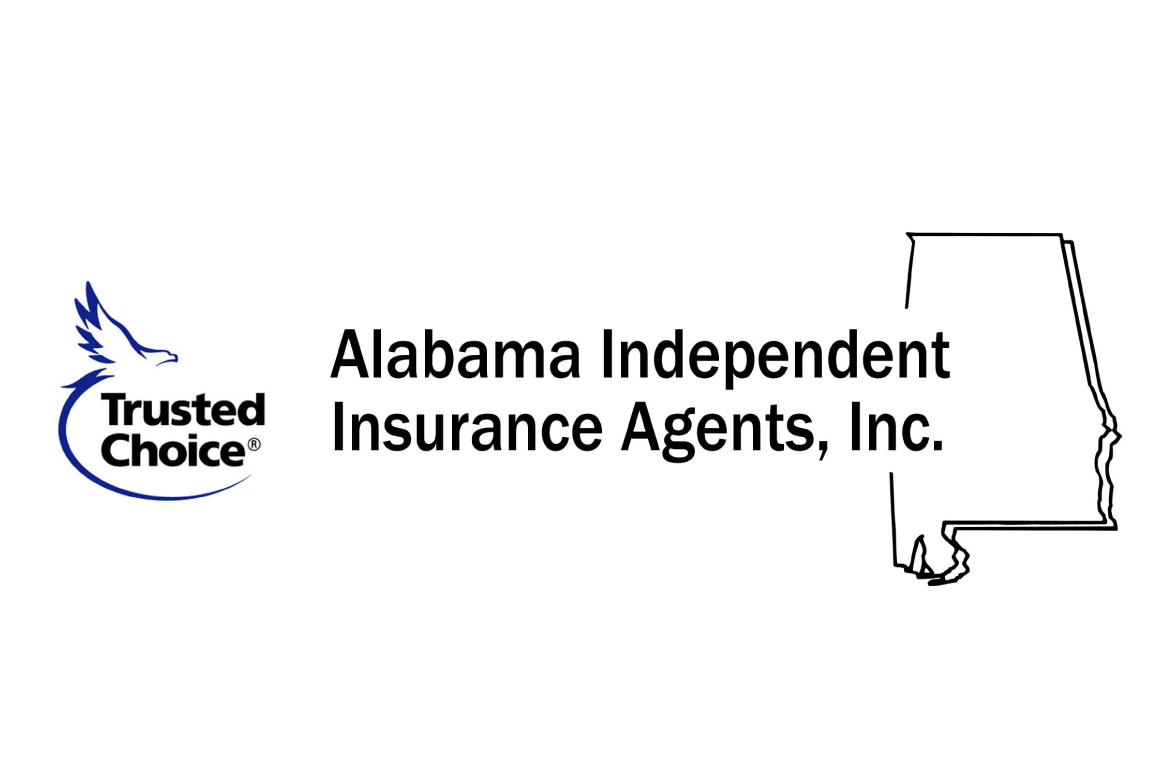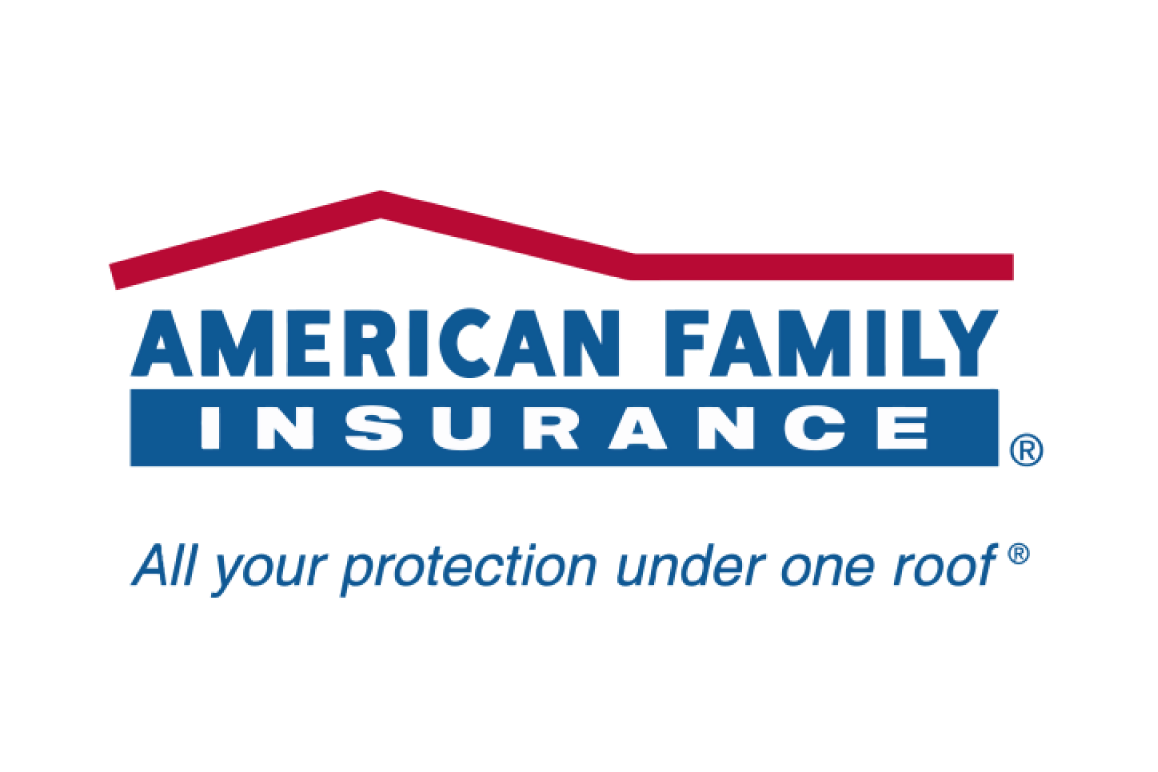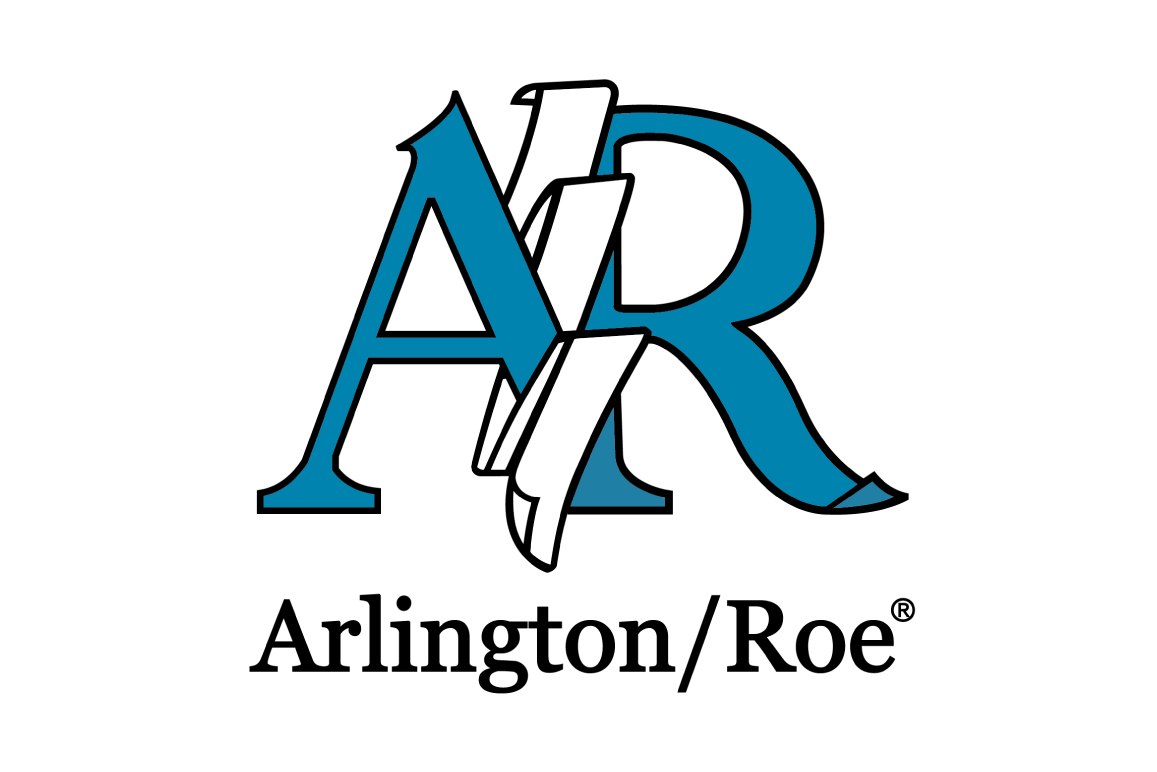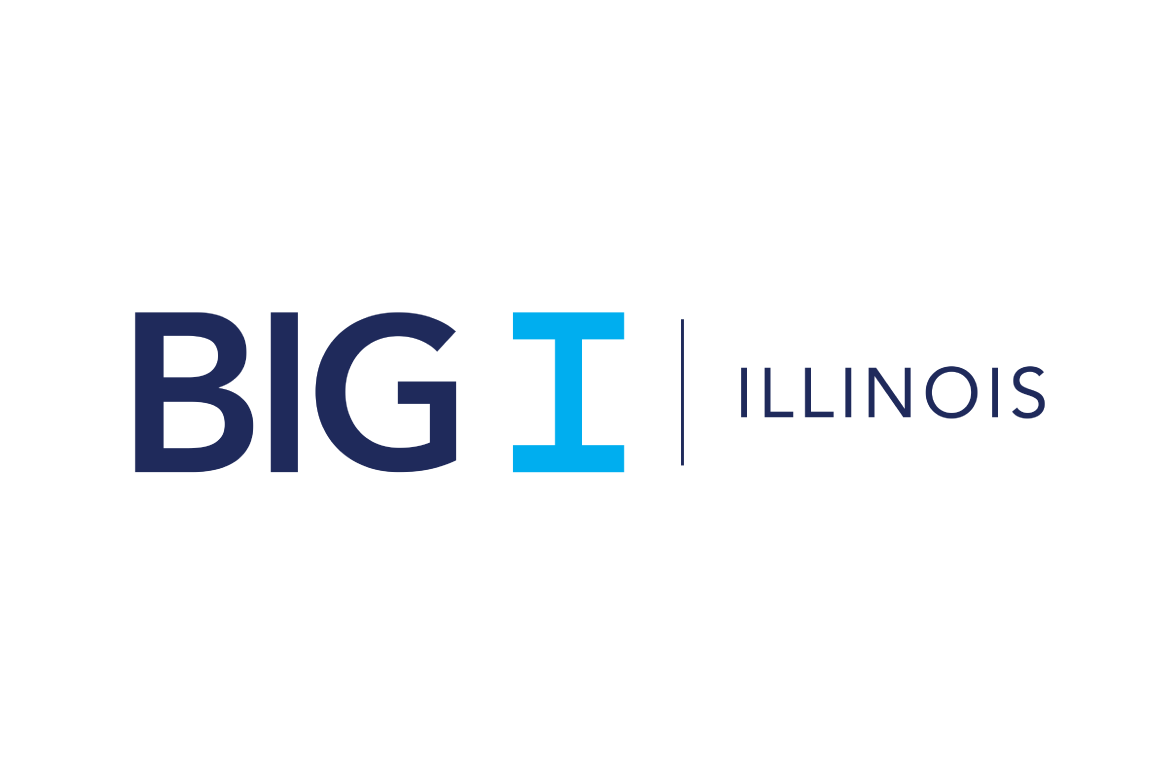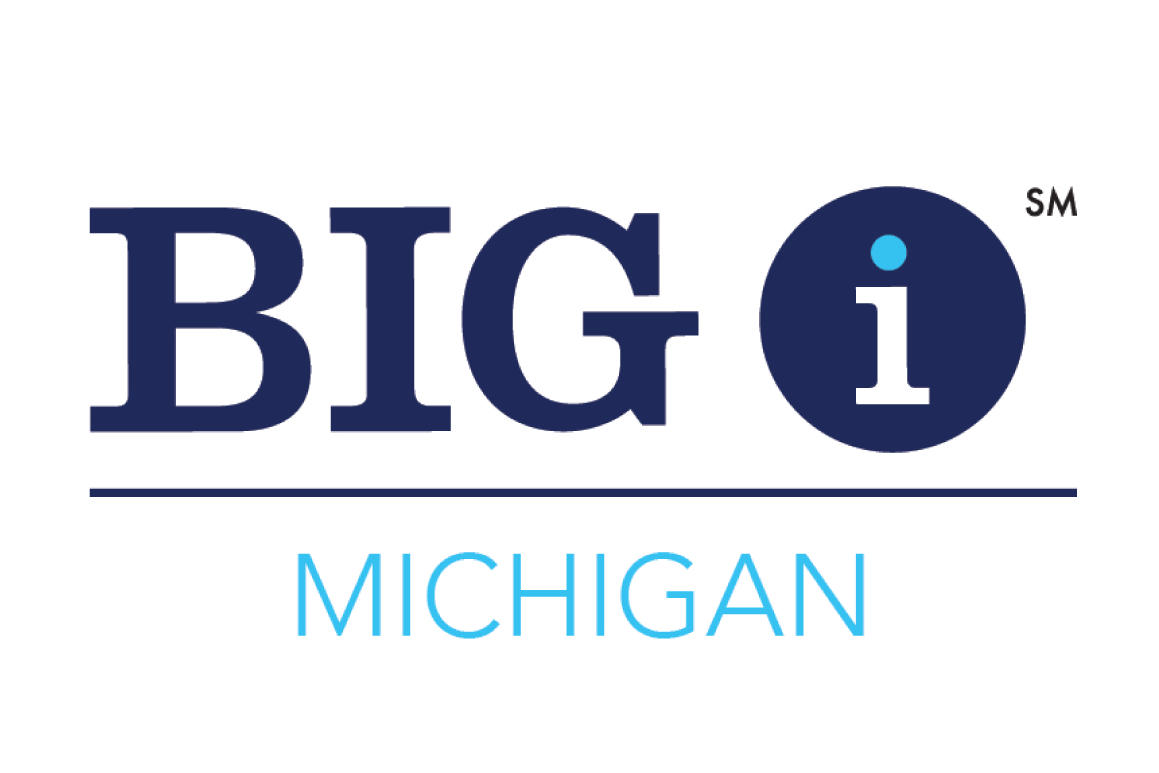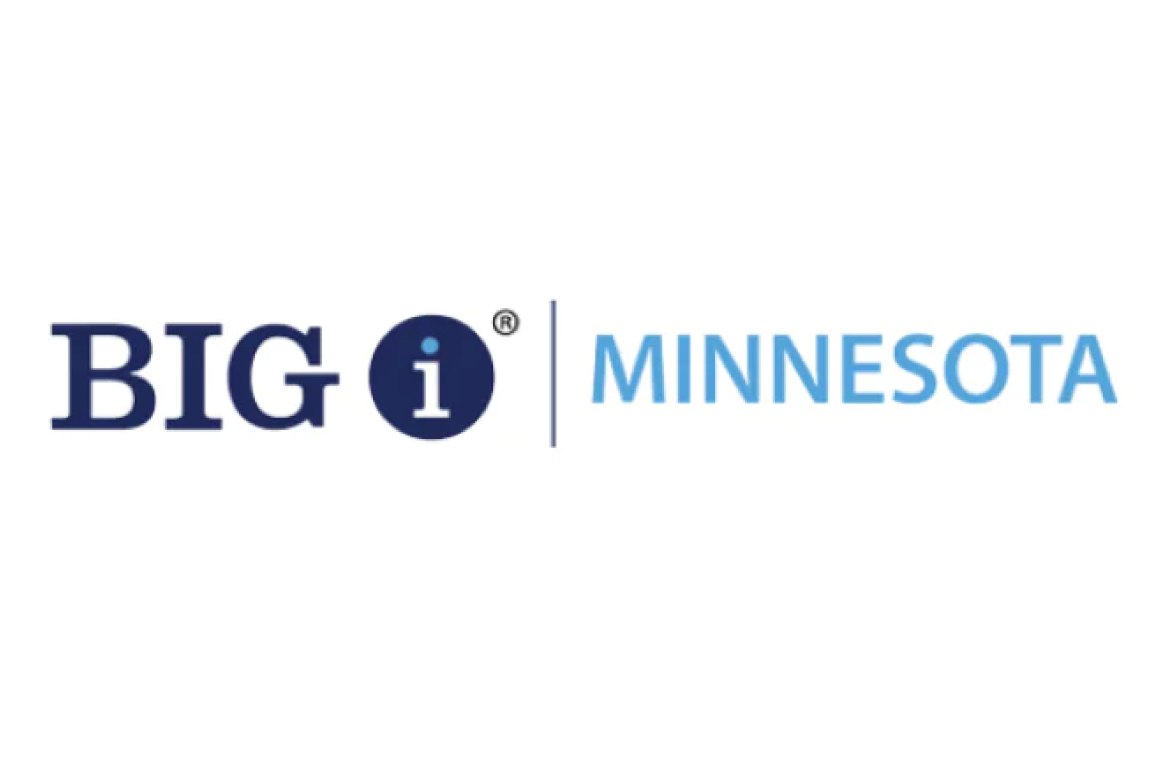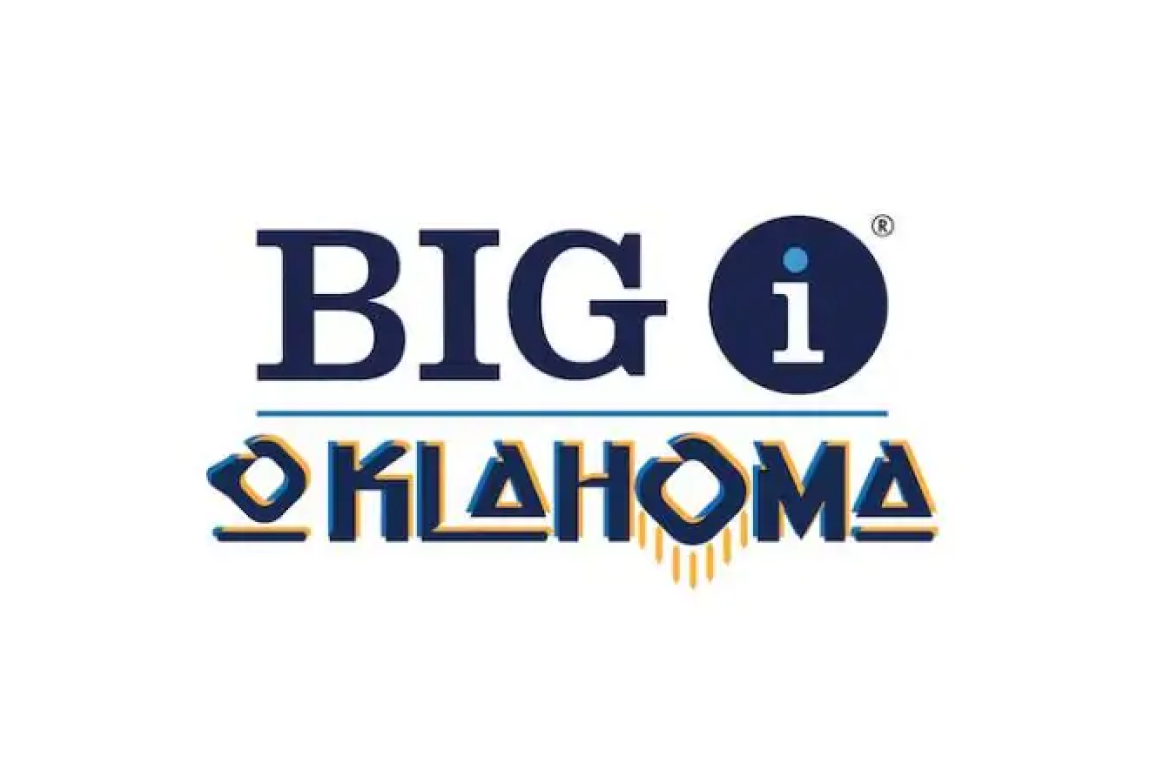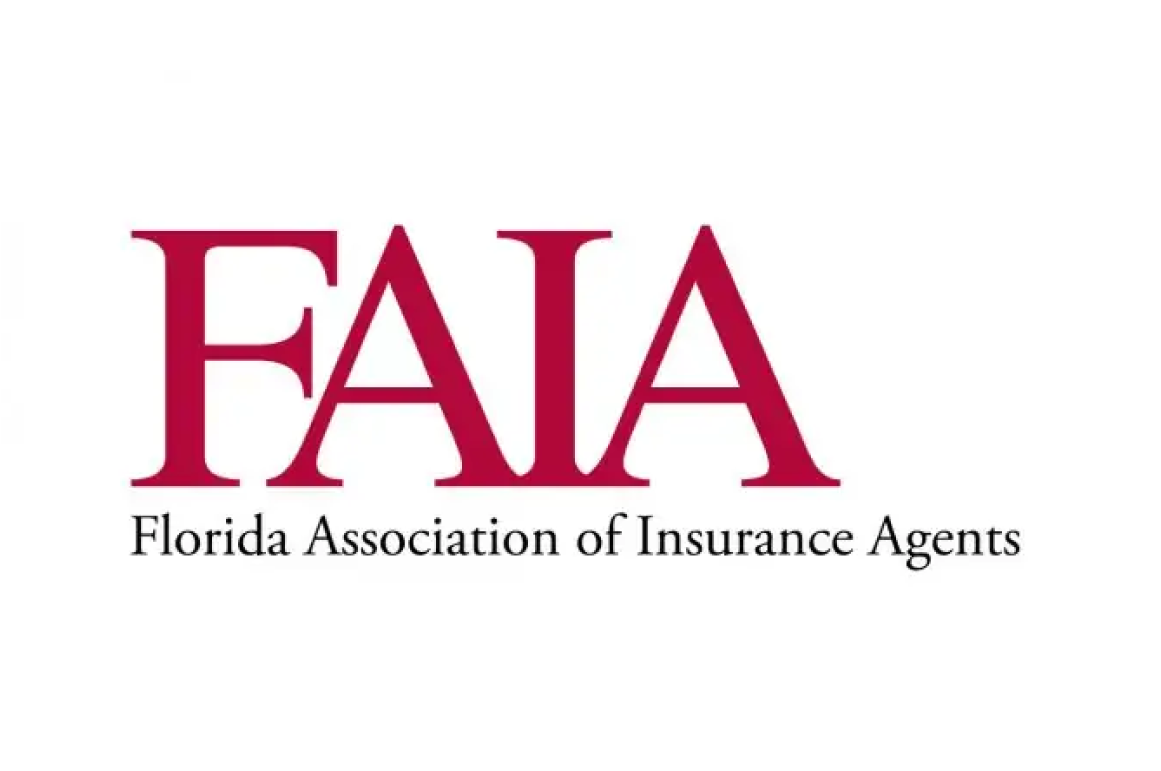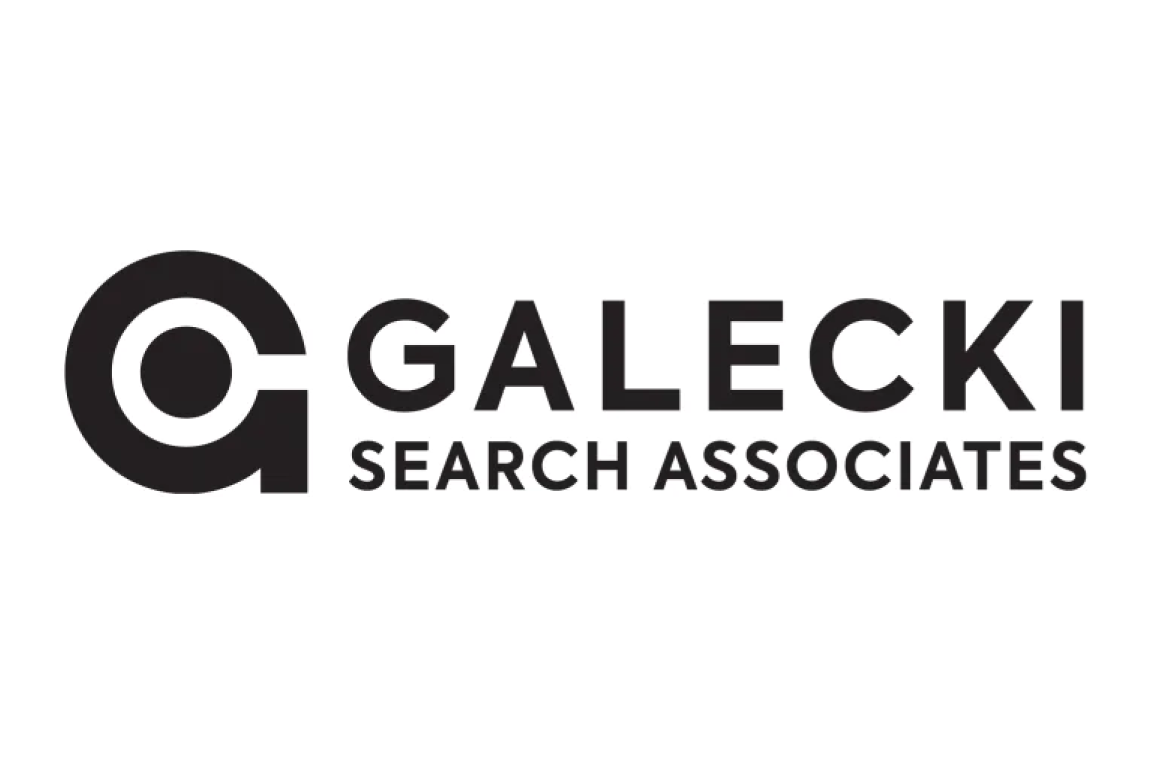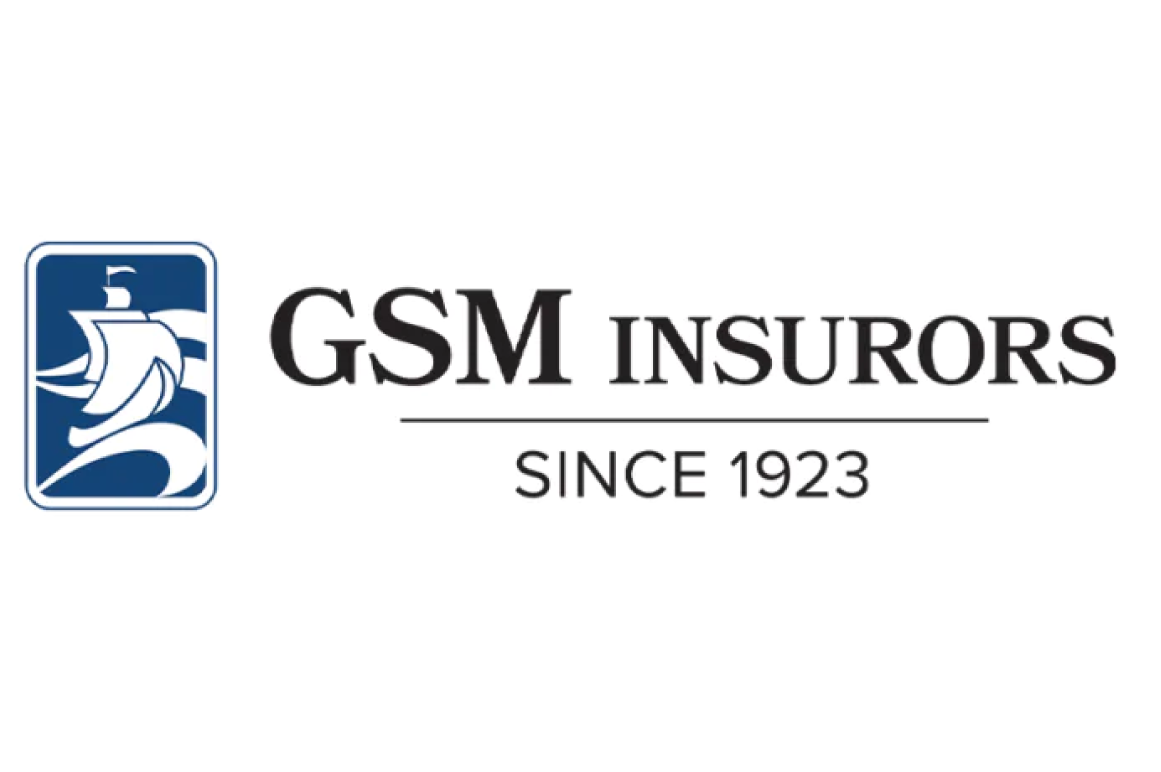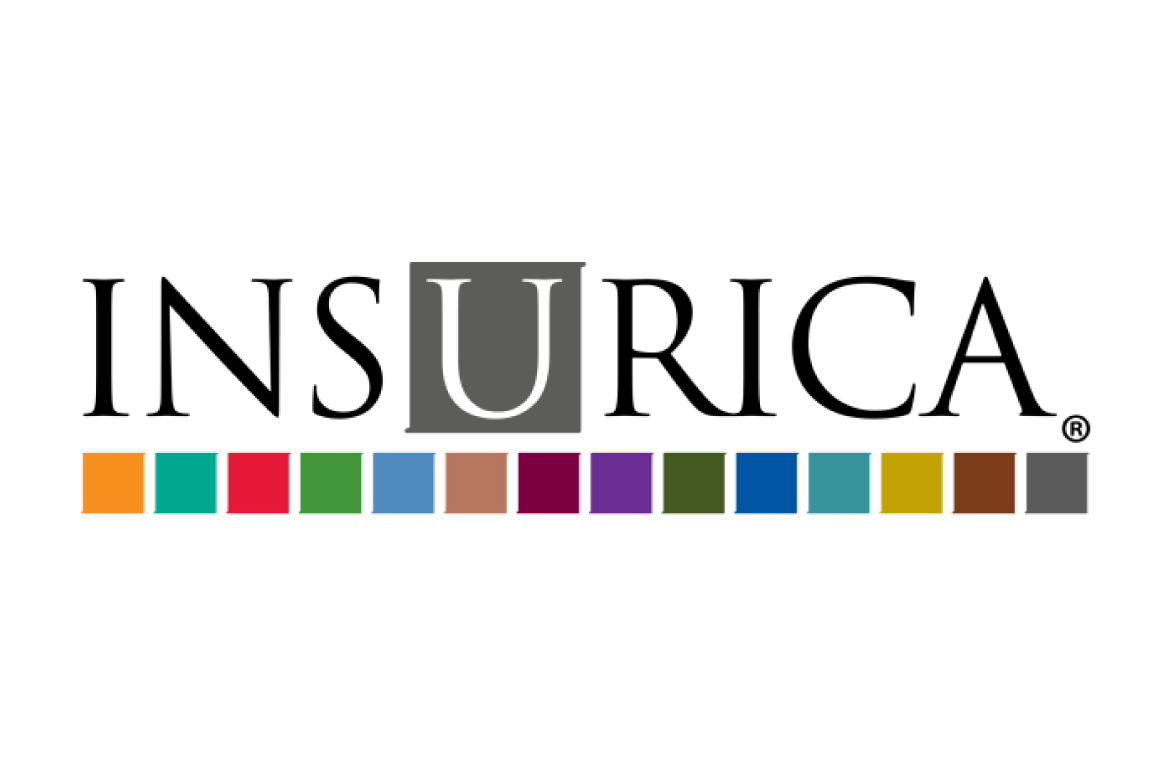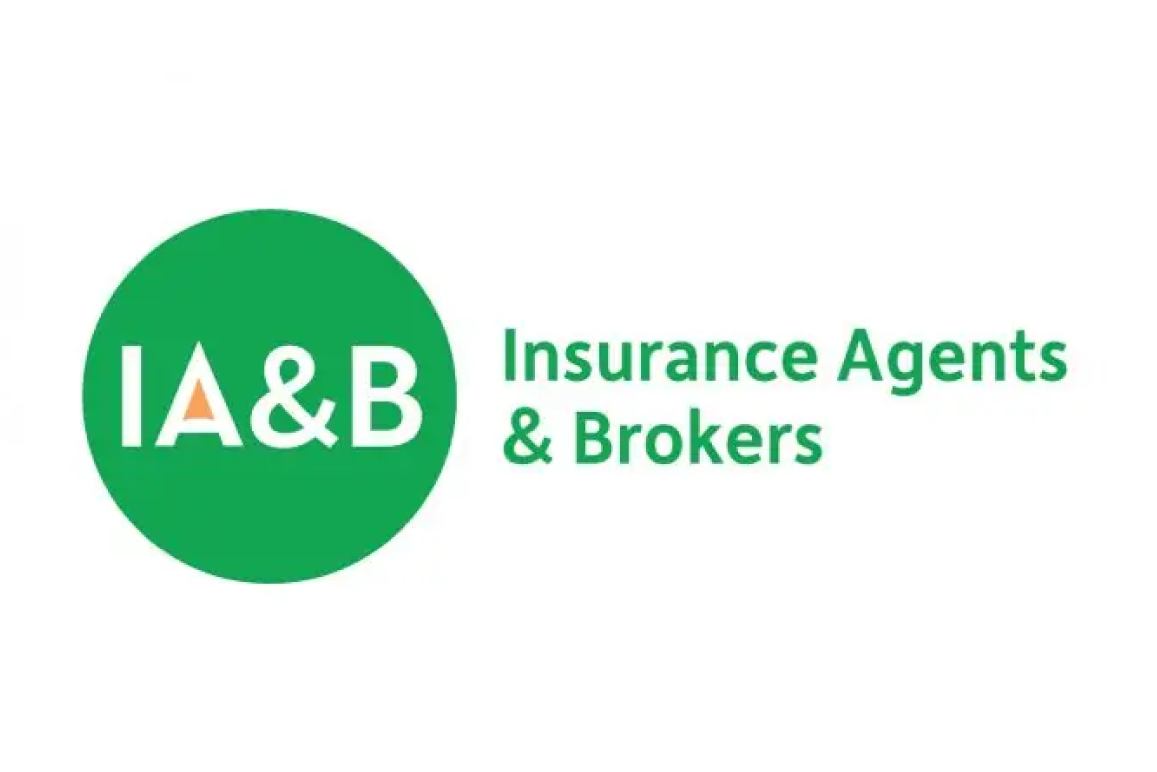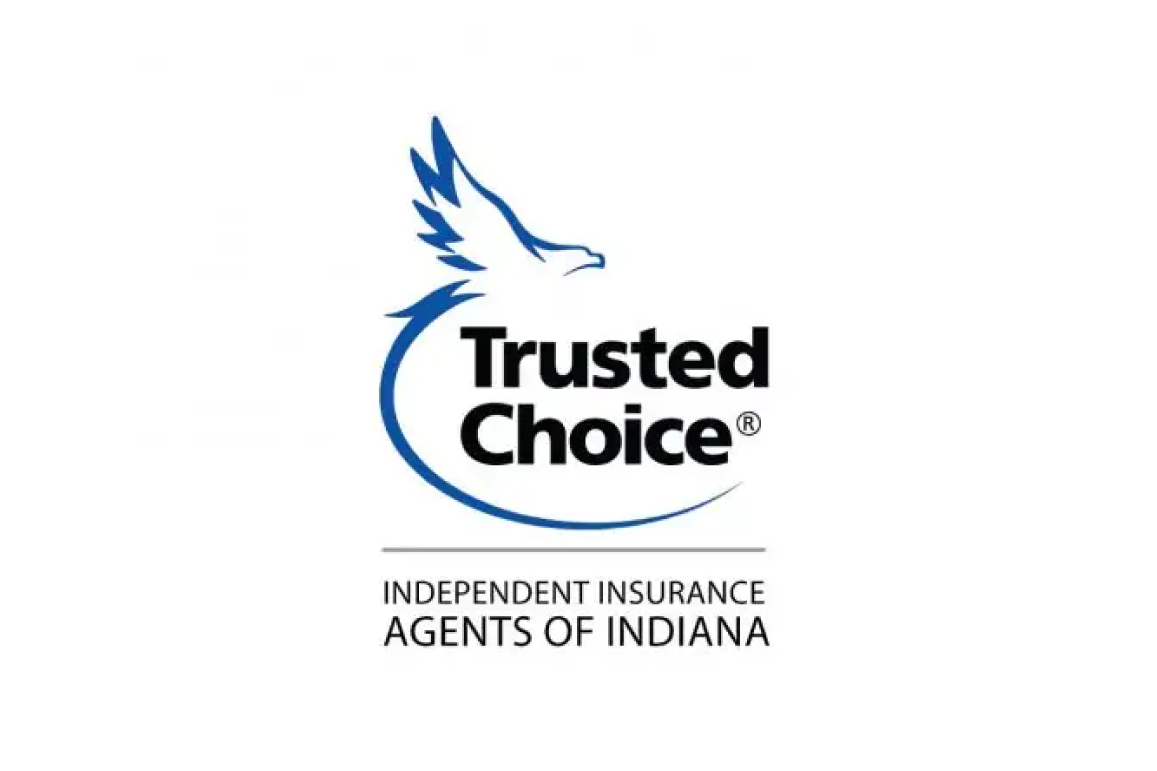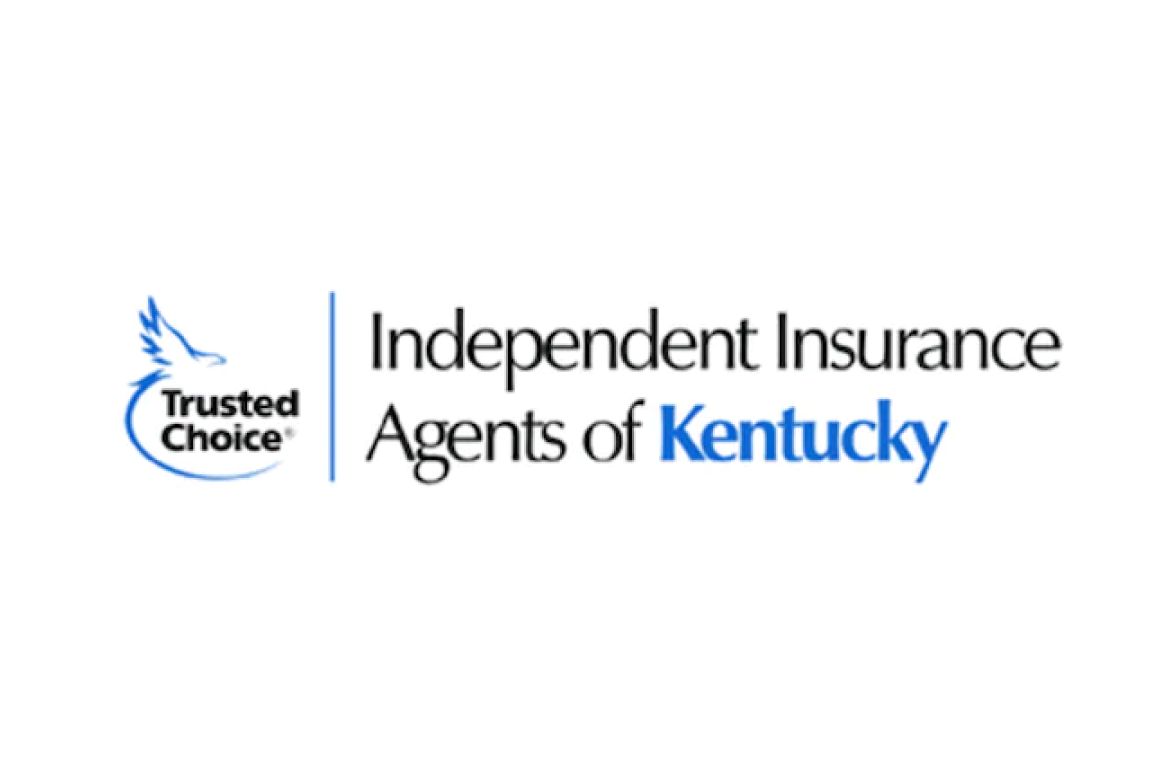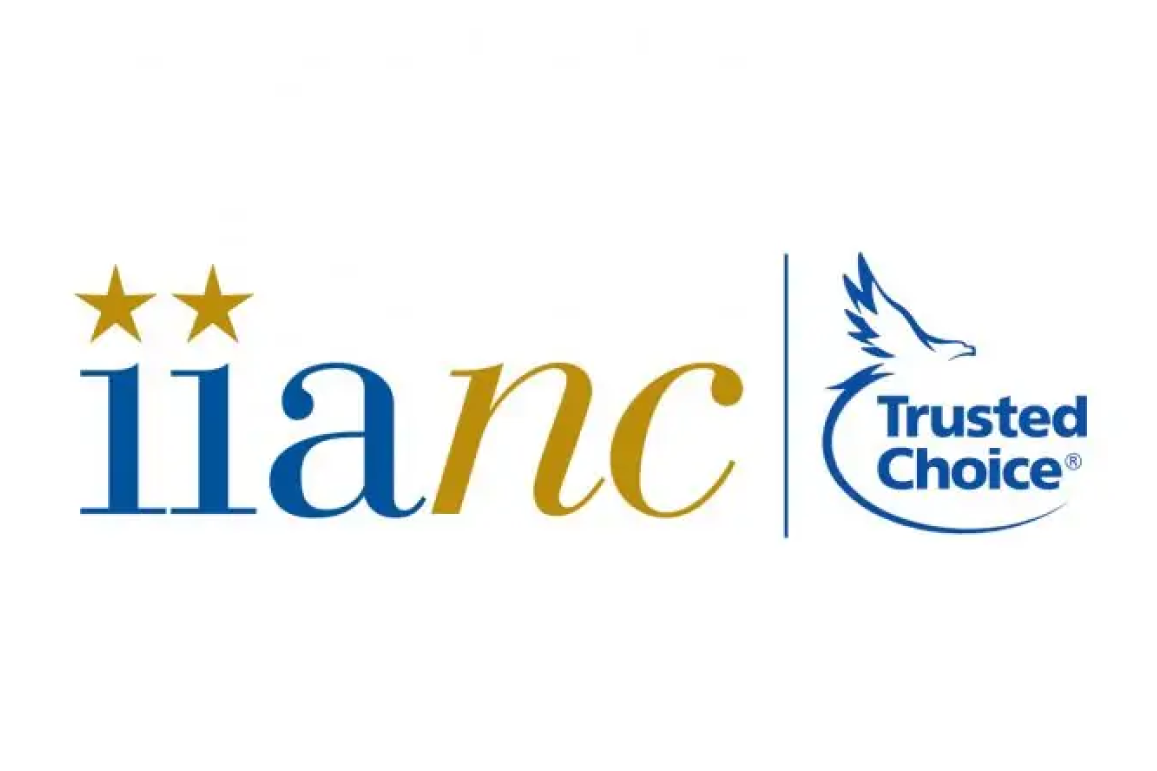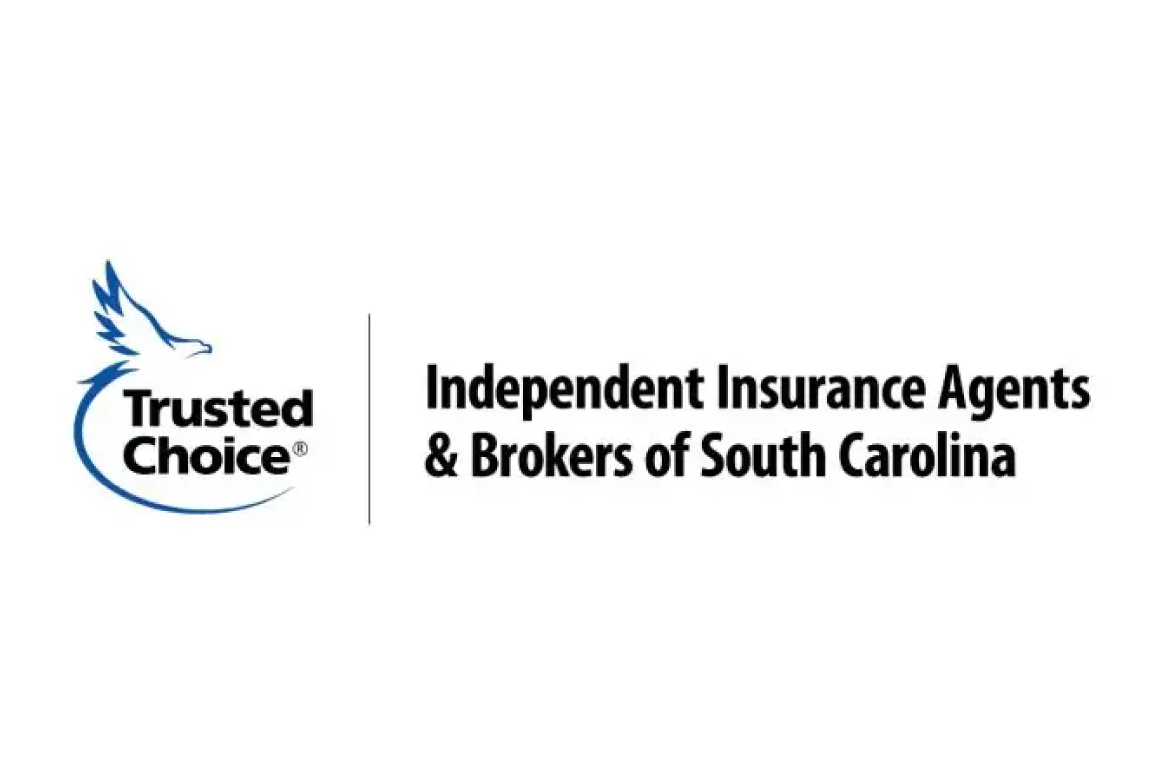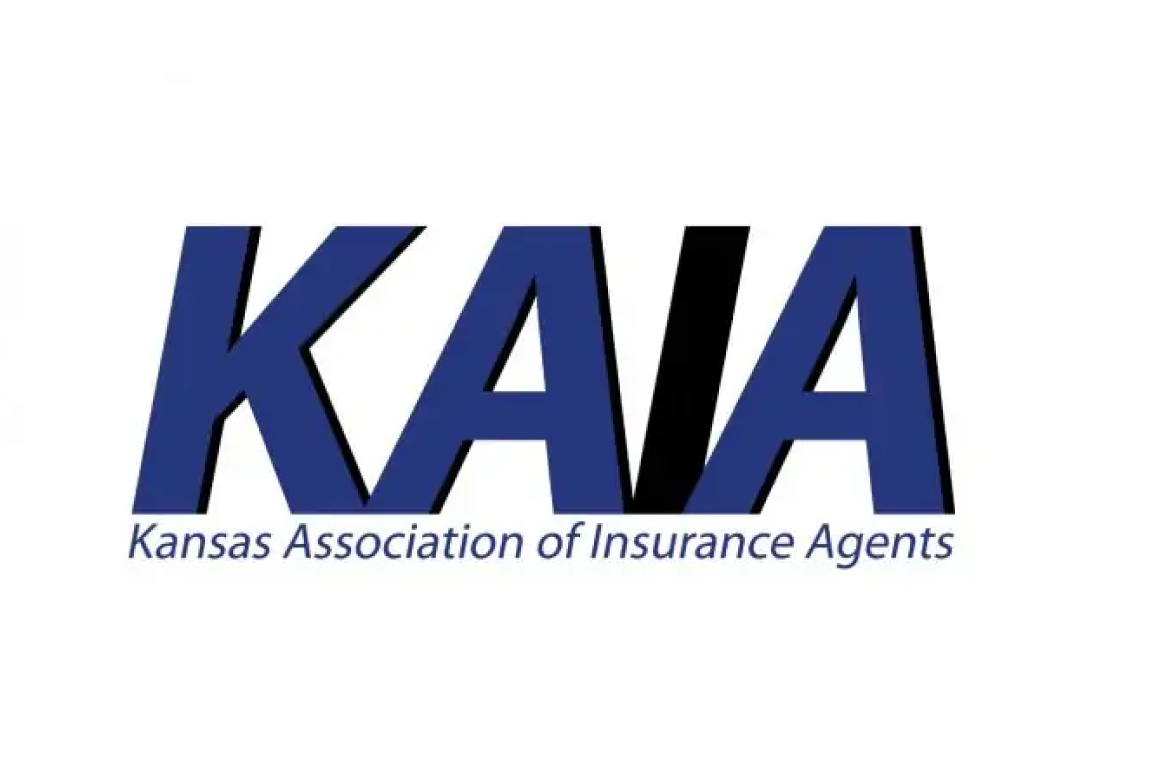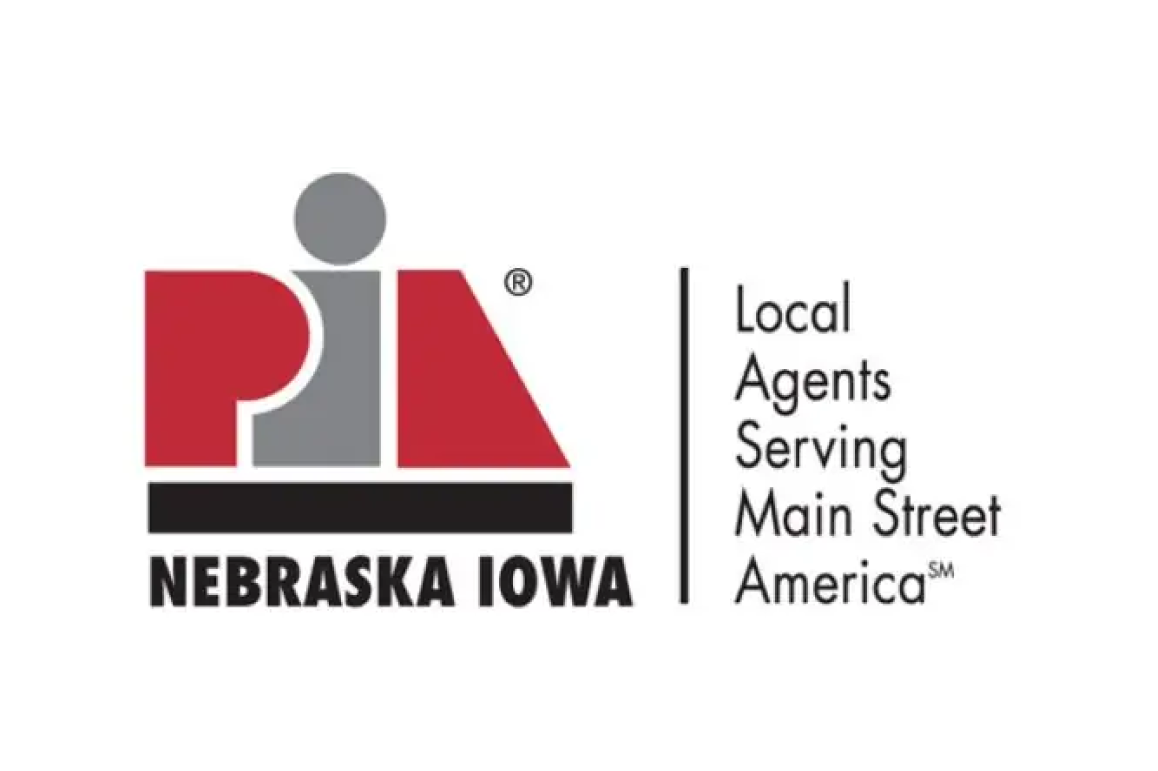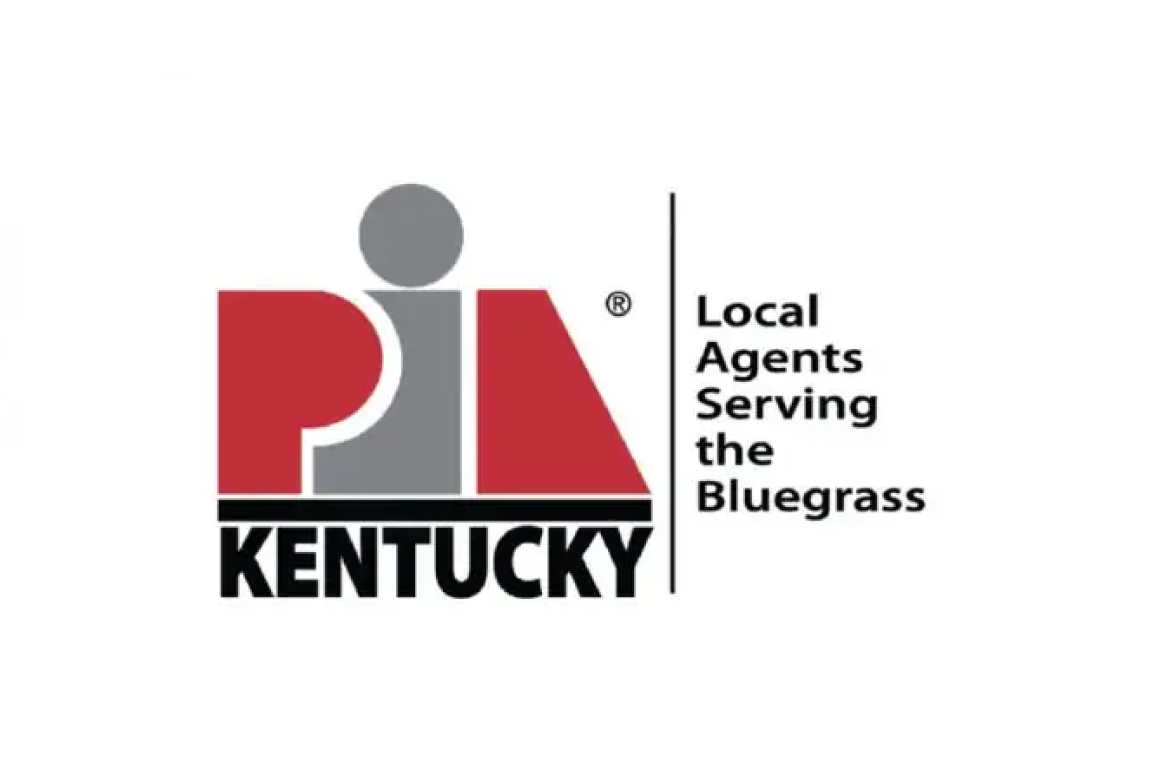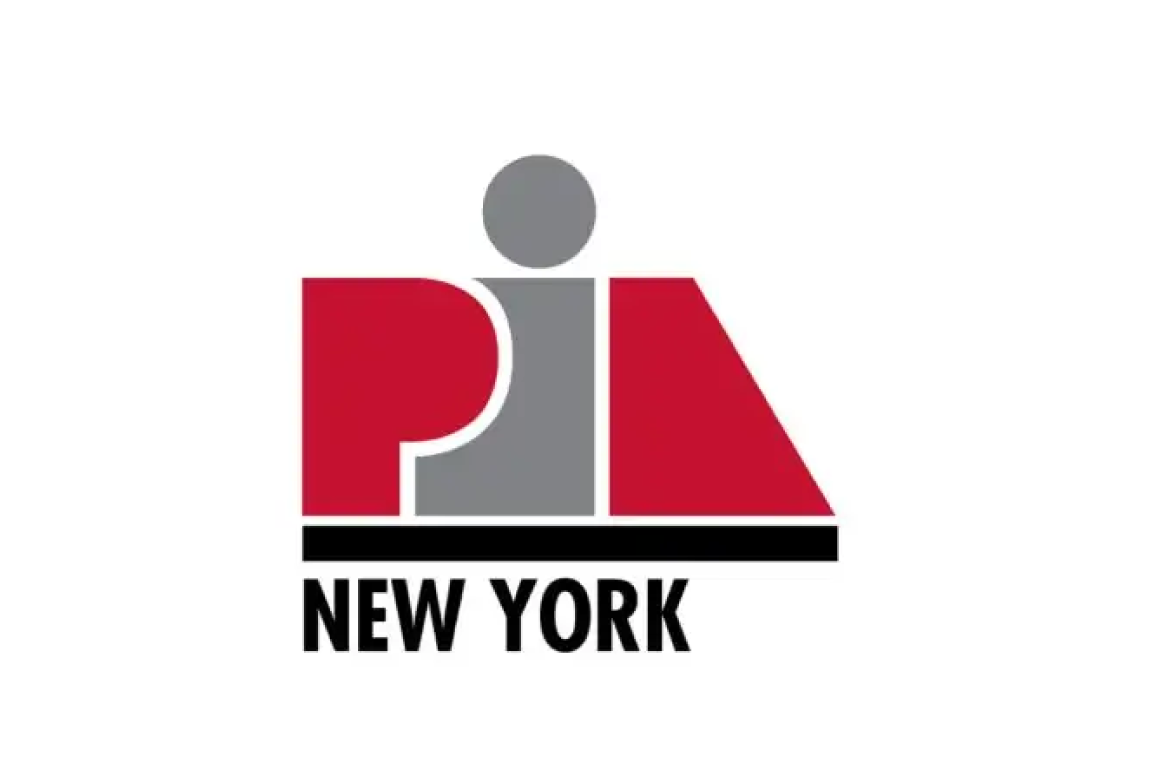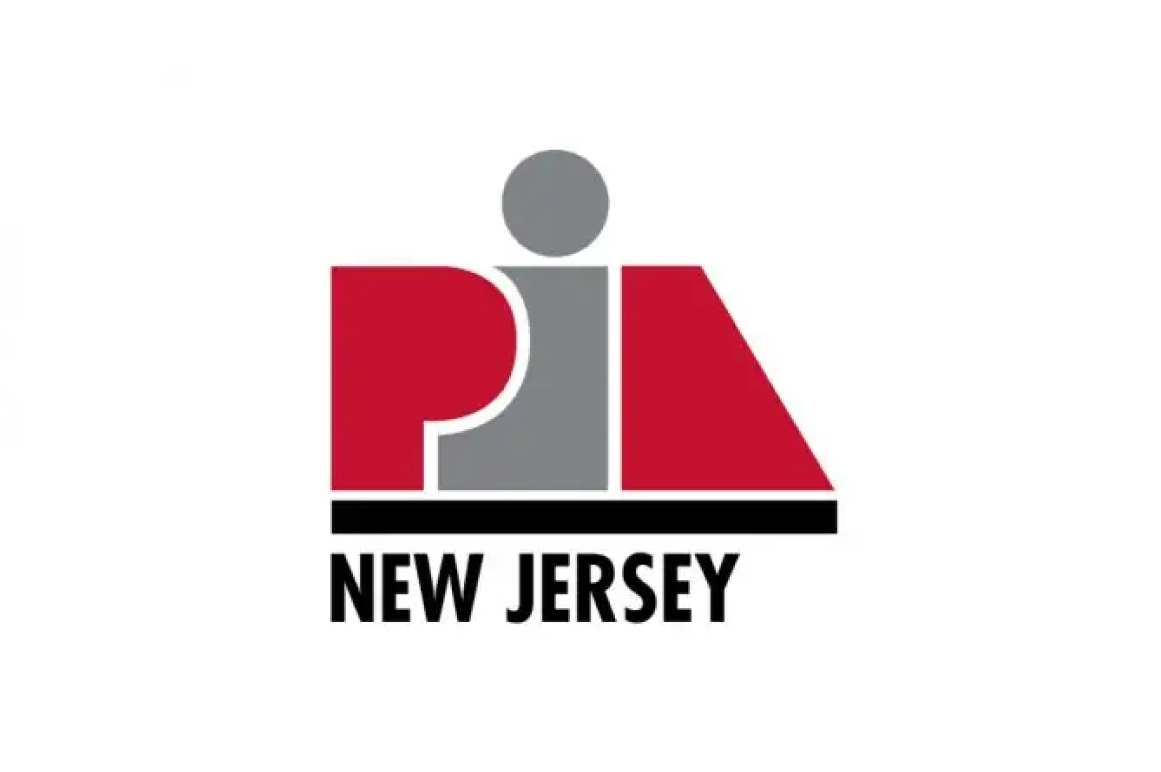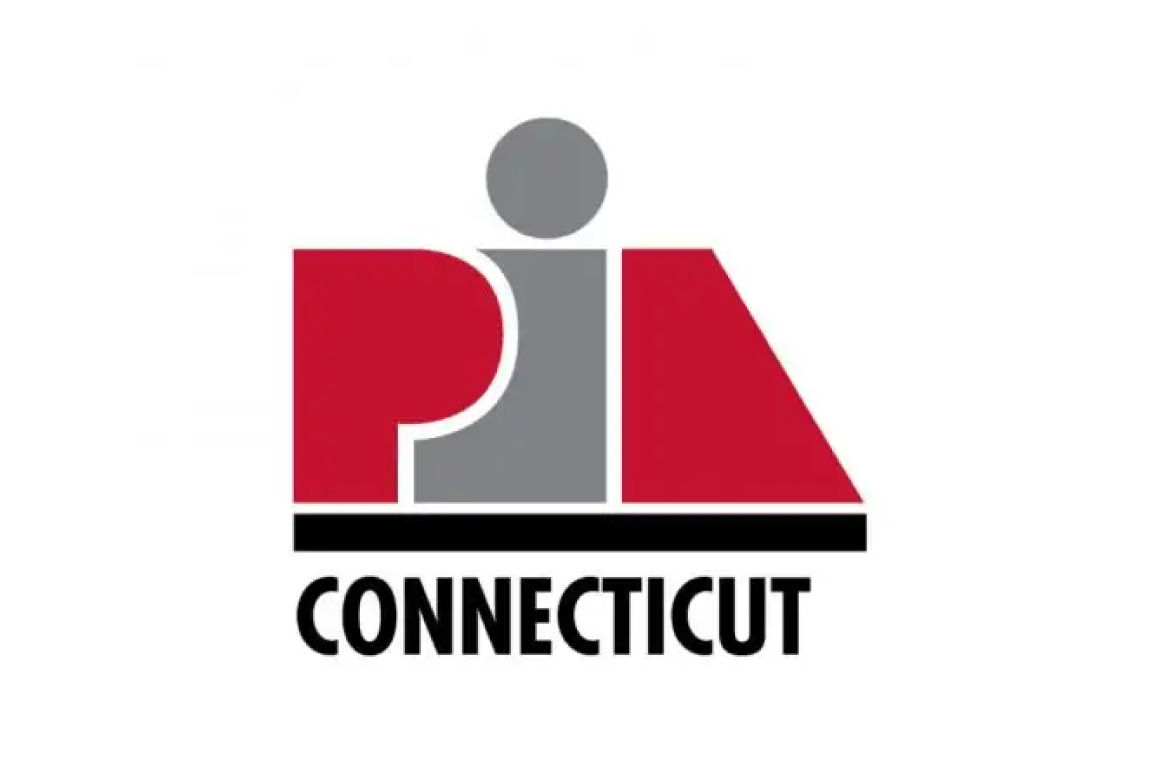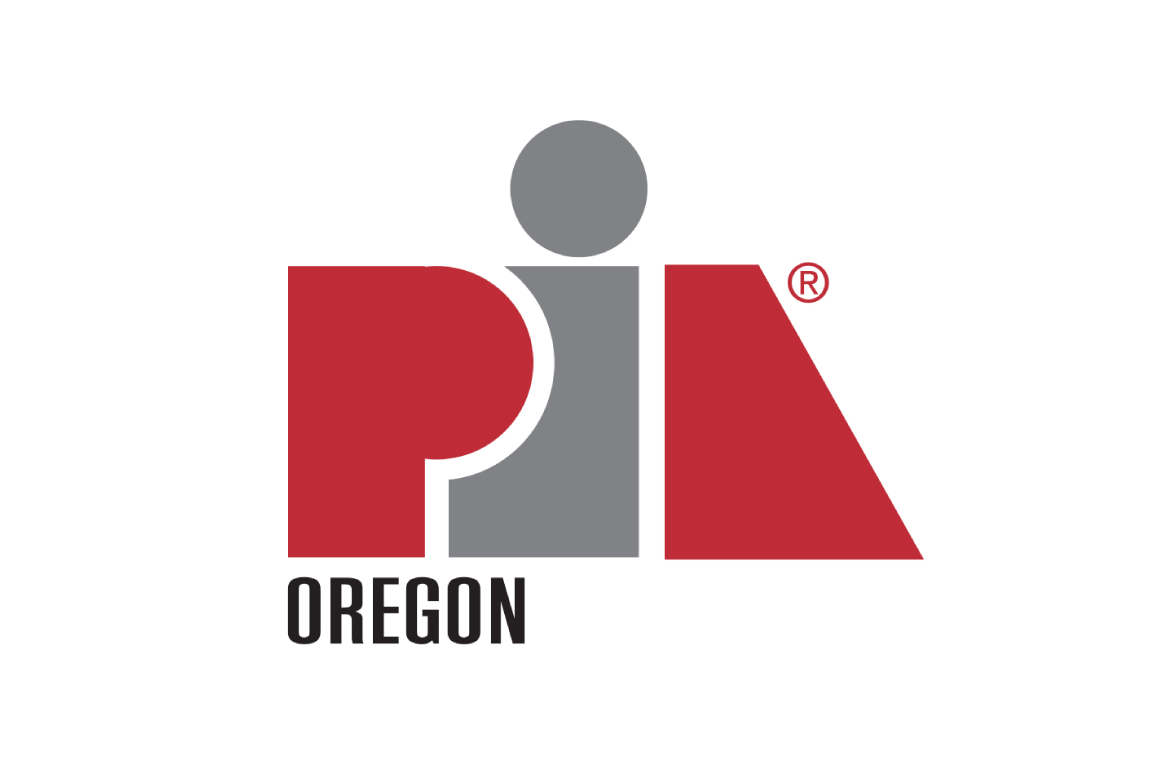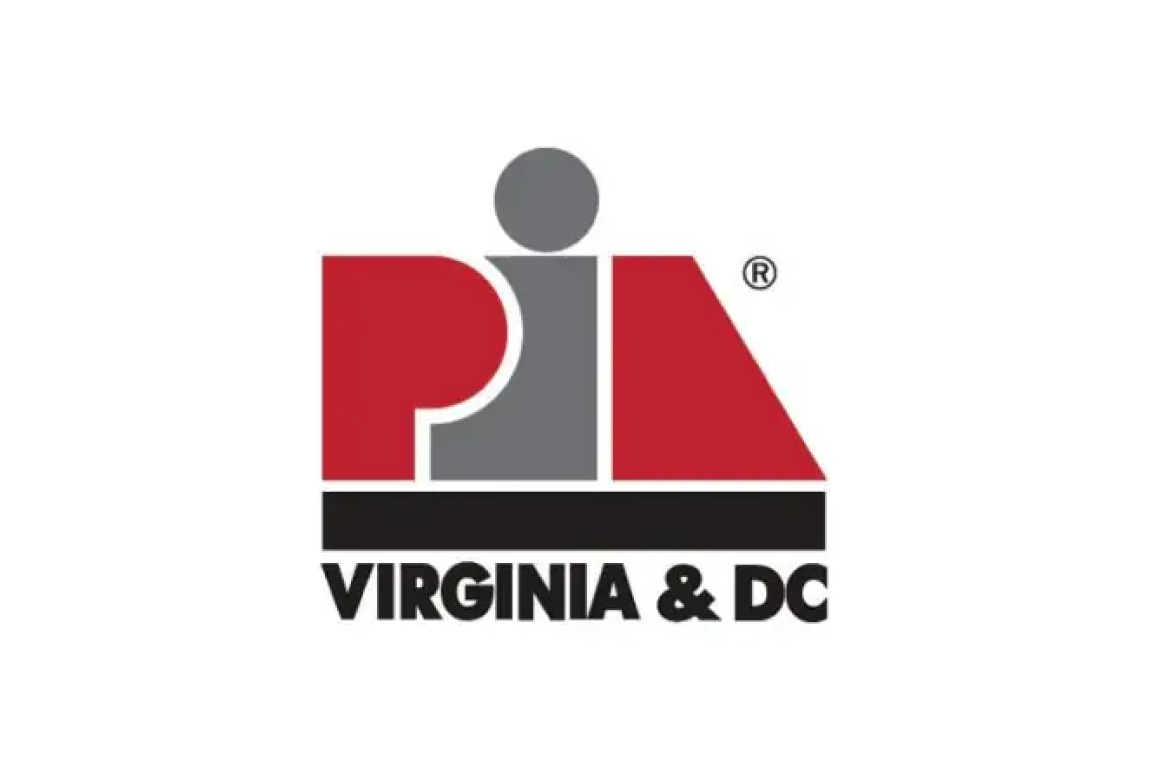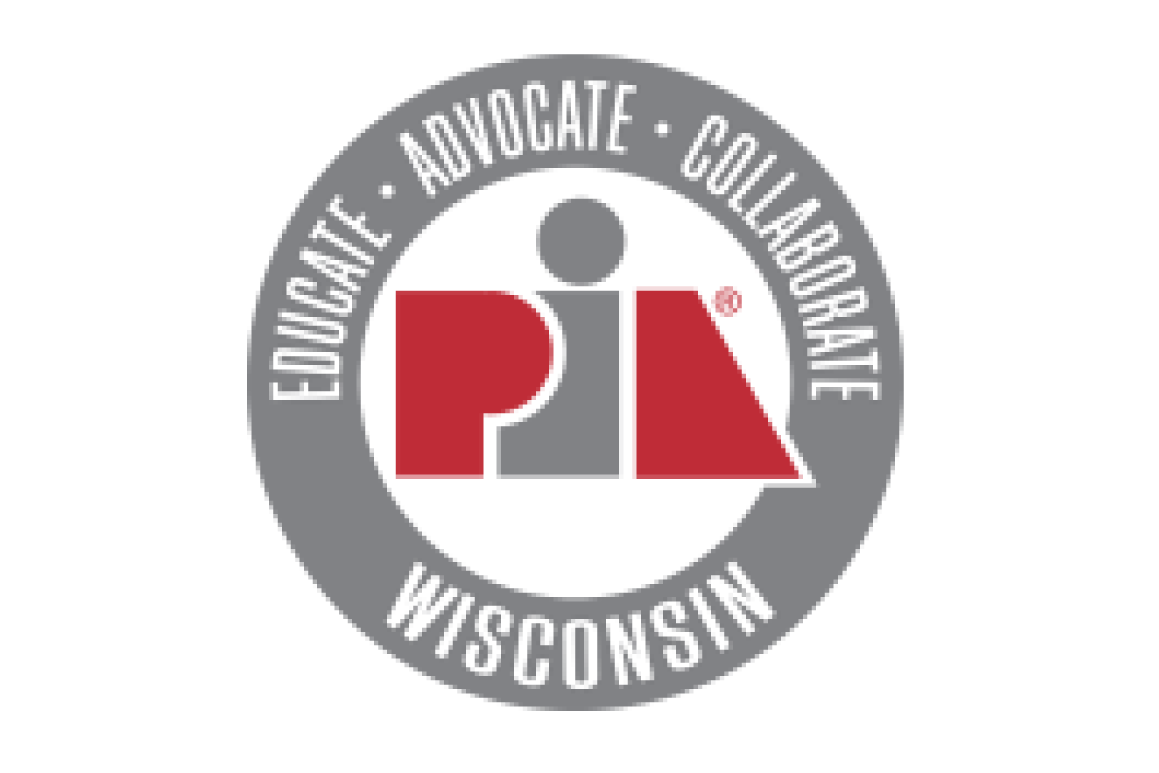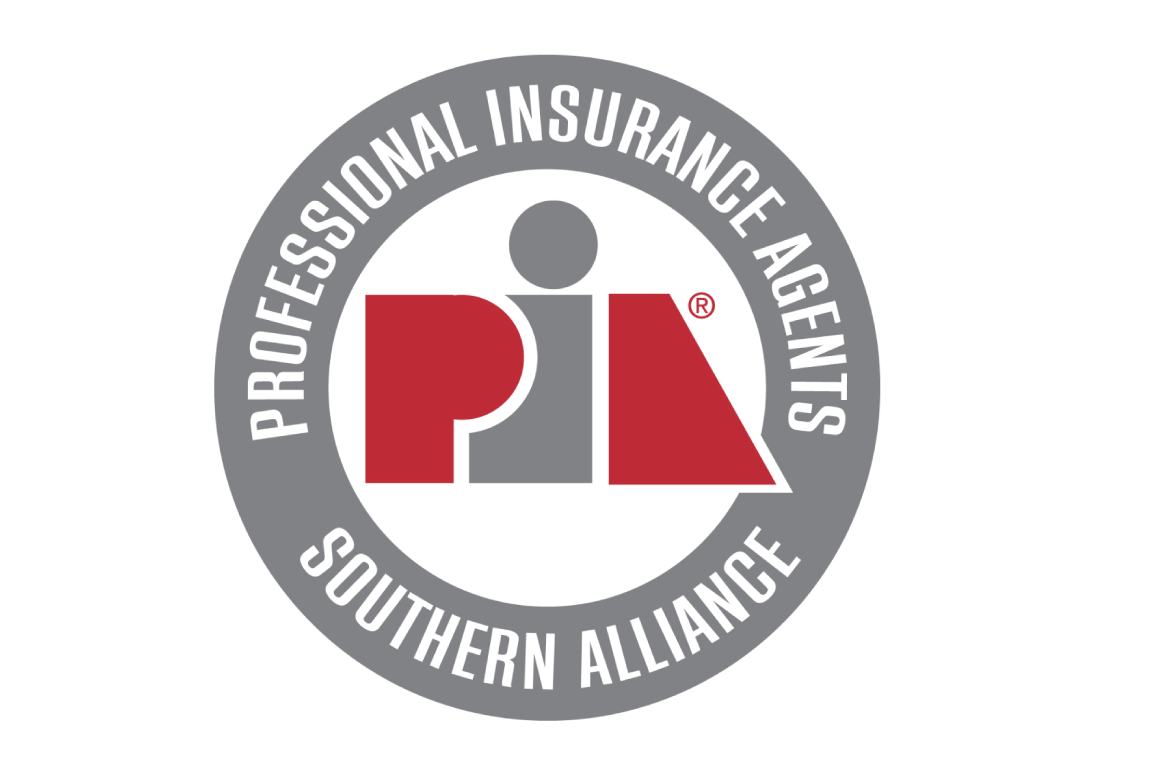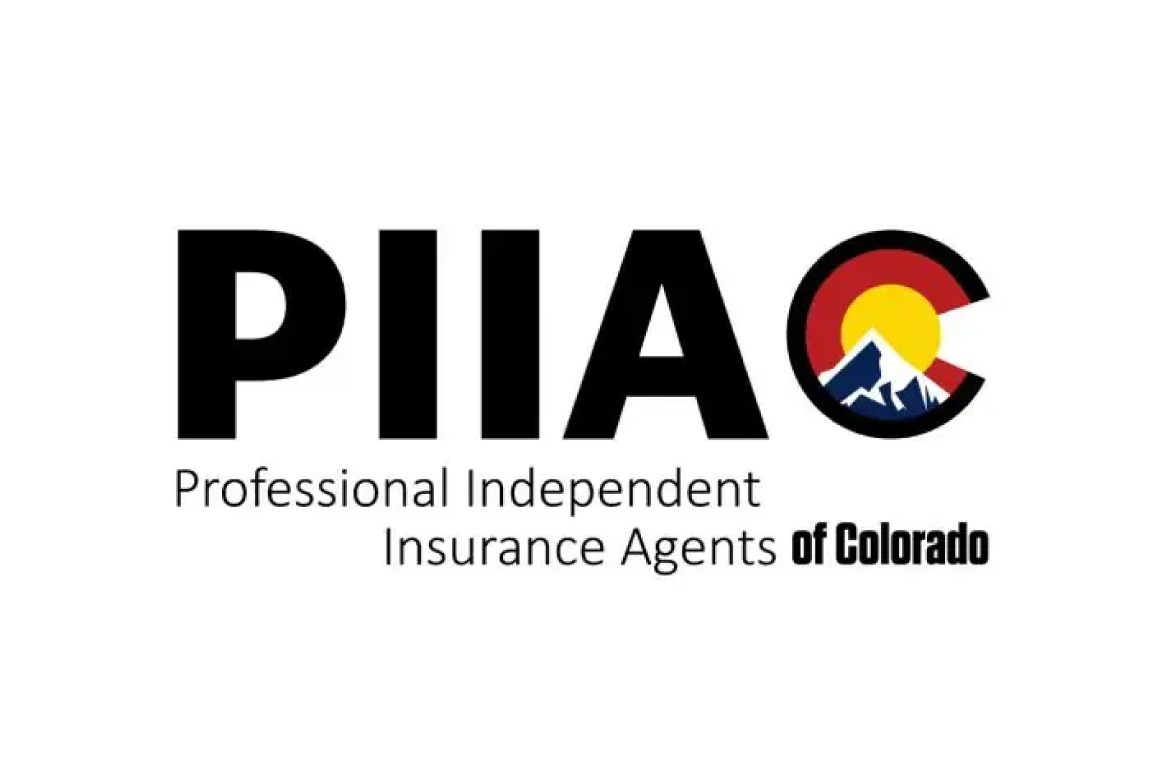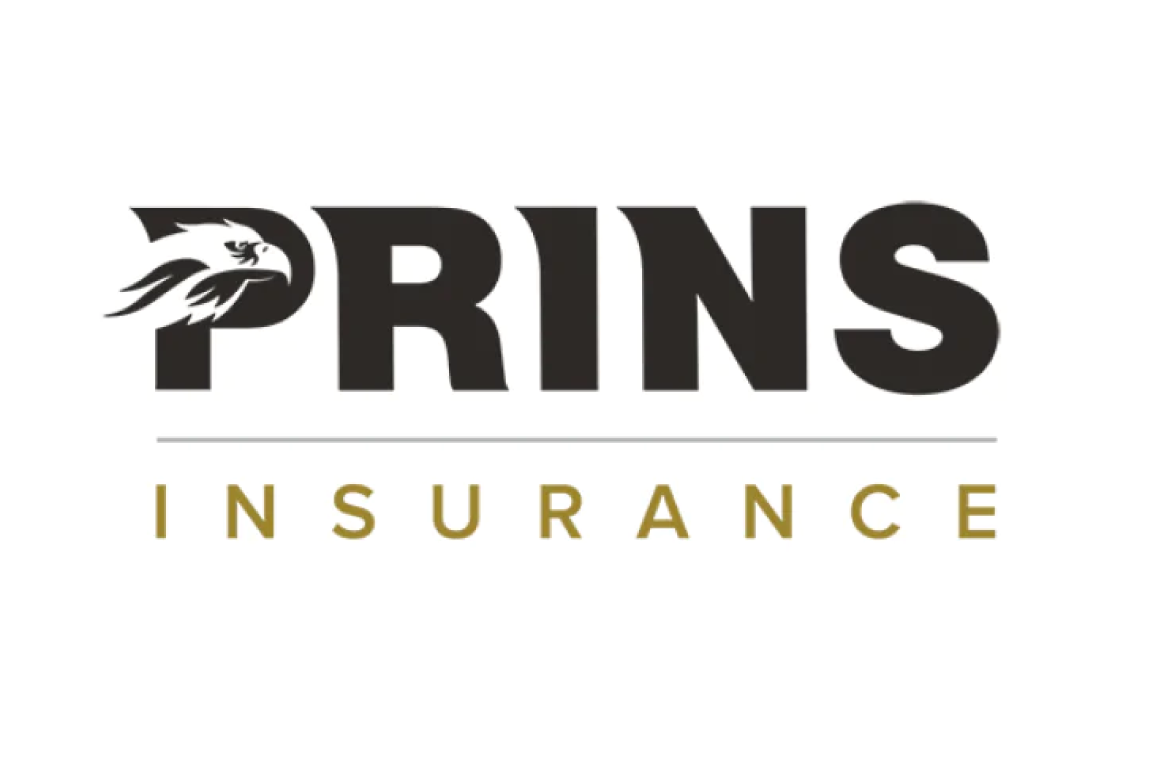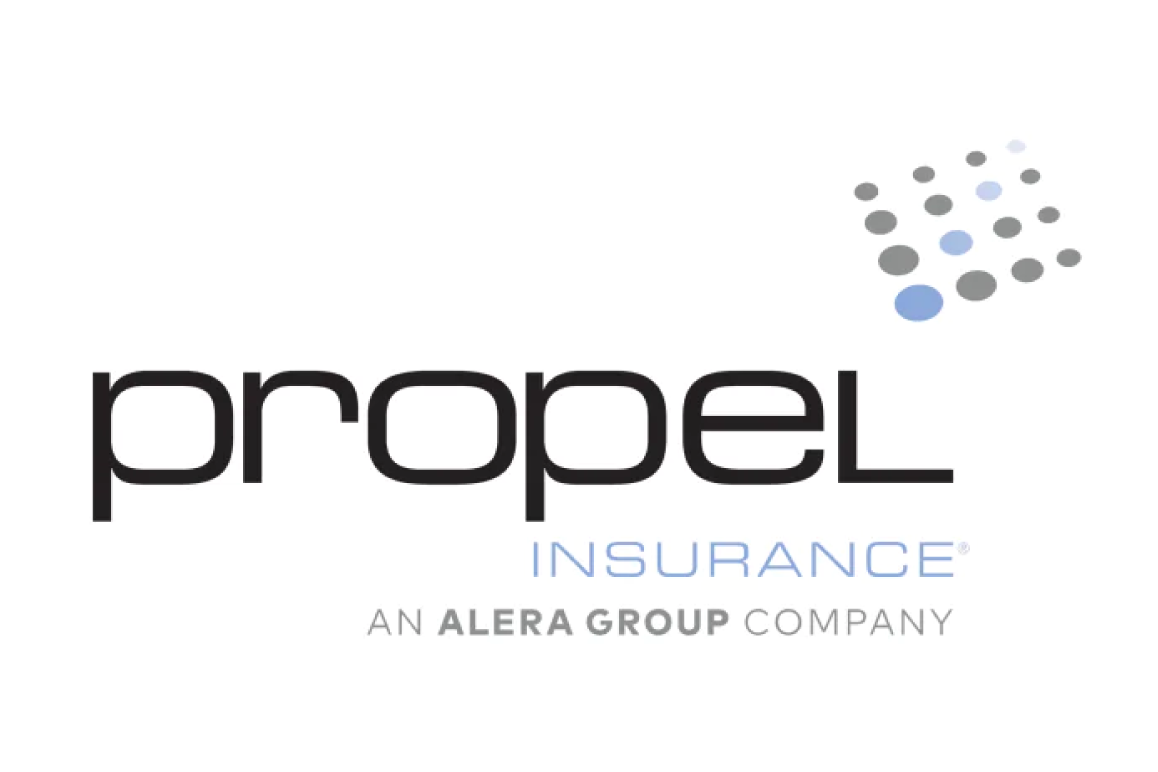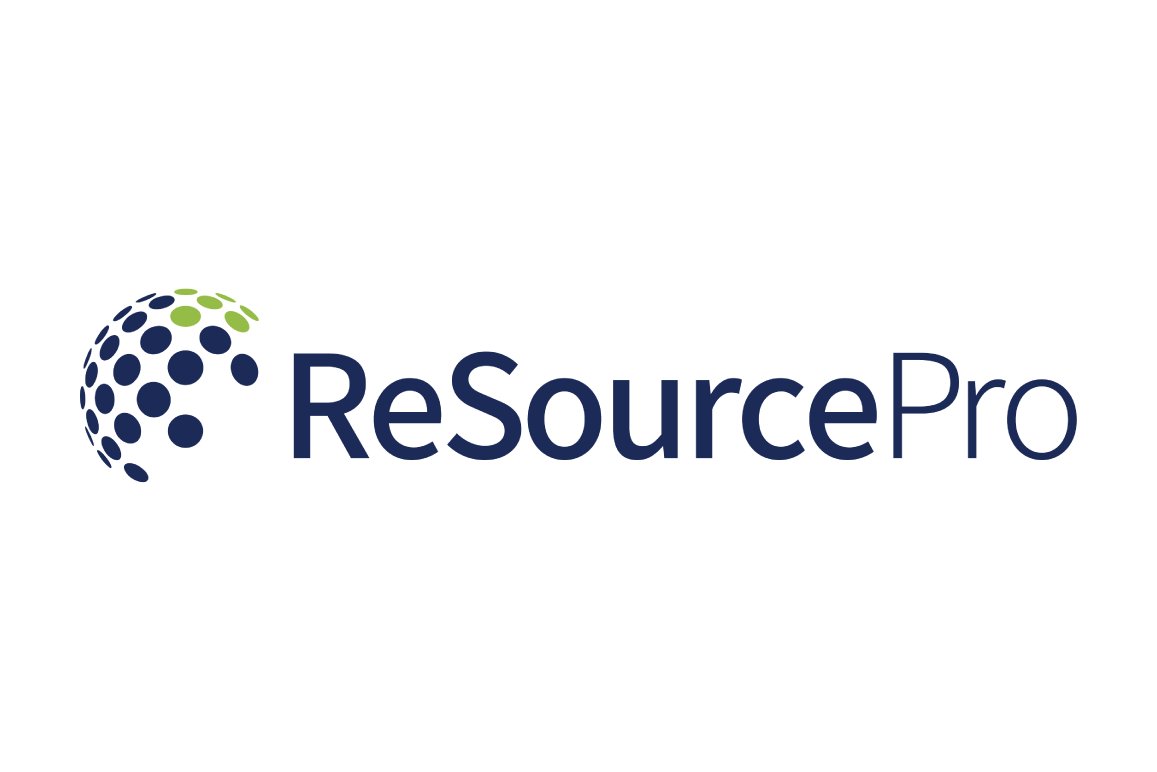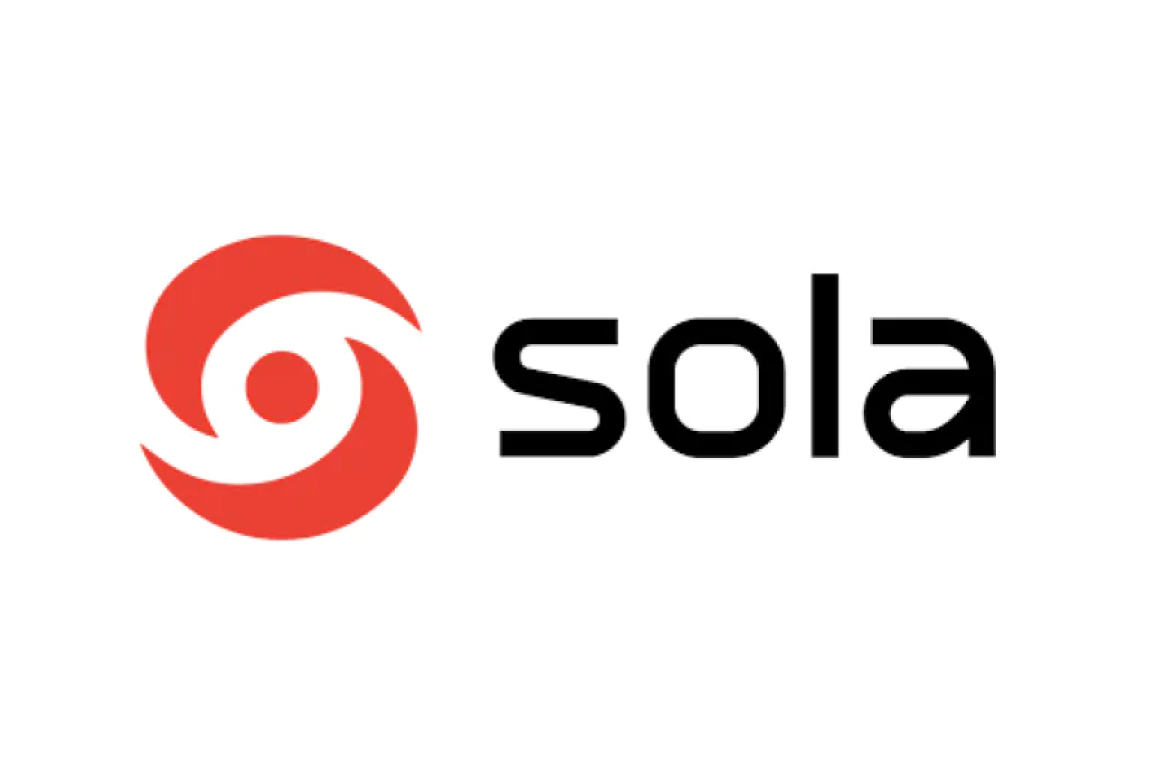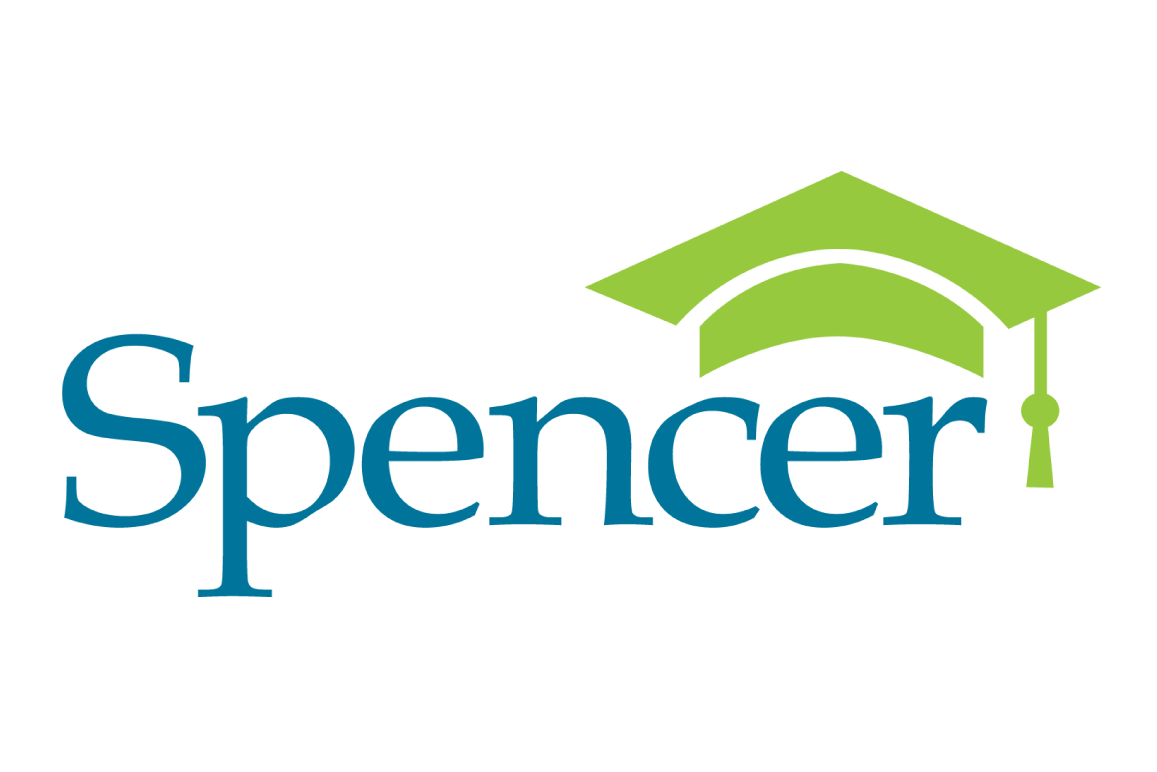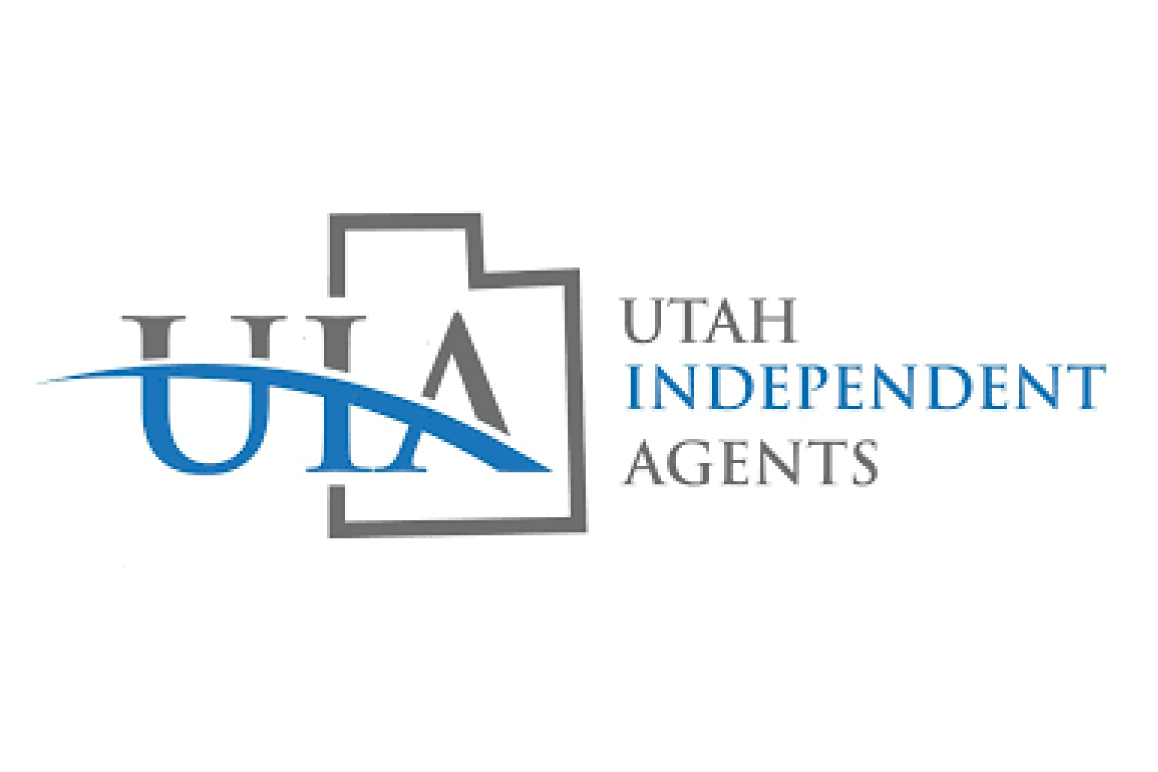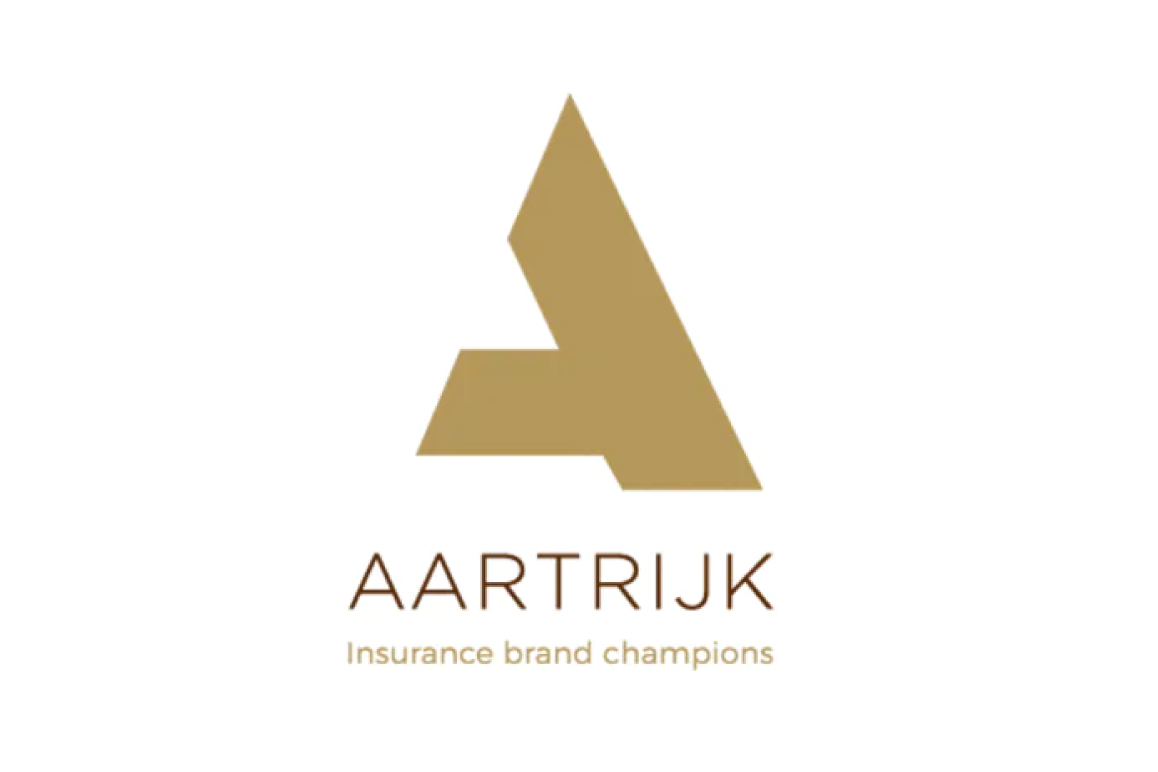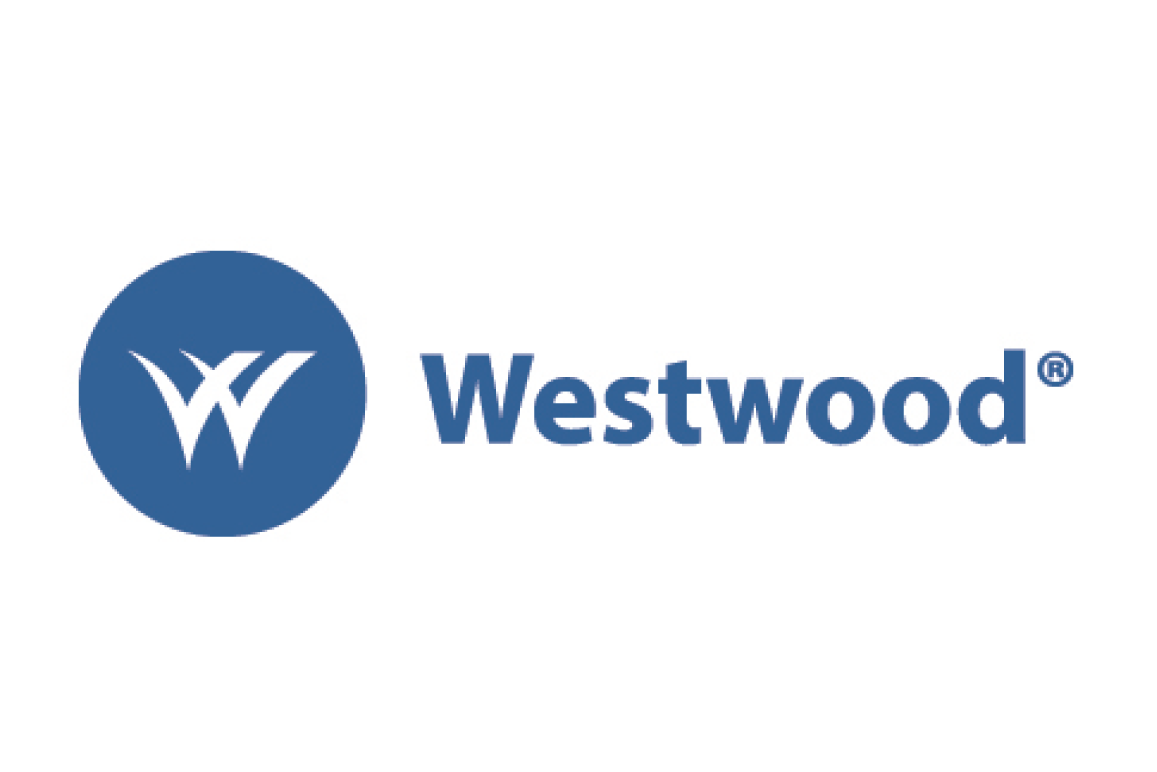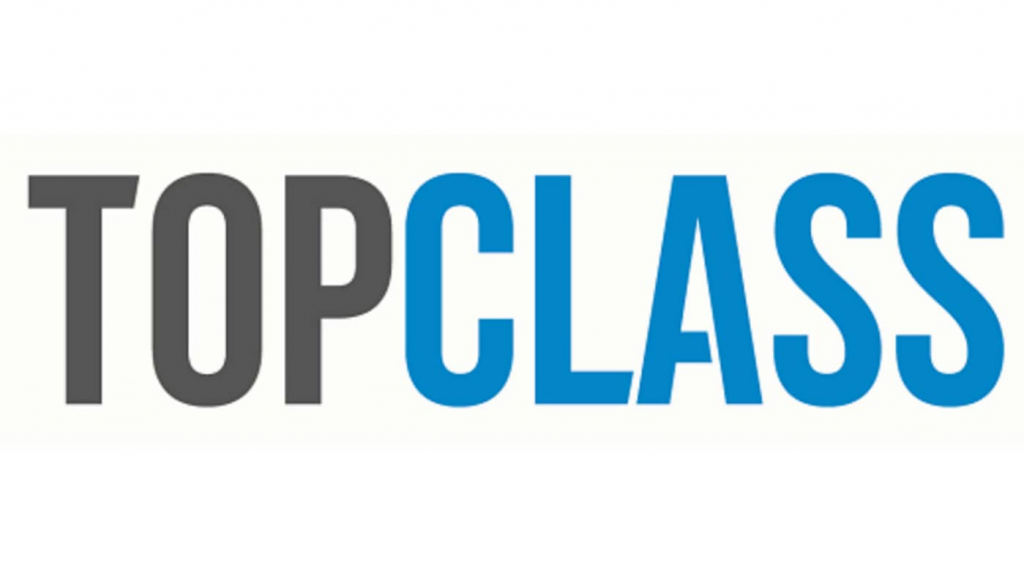
Michelle:
Your organization has recently gone through a digital transformation. Can you talk about that?

Will:
About five years ago, we analyzed how much was being spent on administrative resources instead of investing in product development or participants. We realized our members’ experience was totally lopsided. Too much money was being spent on the administrative side.
We were still operating with many manual systems like handwritten exams and evaluations participants had to mail back to us. Stuff like that. All of that has been digitized now. Notebook material and learning guides are offered digitally and we began to embed digital assets with videos.
We’ve totally transformed the way resources were spent and how the company operates. At the time, I didn’t realize how creating digital experiences was different from in-person ones.
We have a goal to create one production process and cycle that produces courses that can be taken digitally and in-person with learning assets that work for both.
Although we’re still in the stages of perfecting that, for now, it’s working. We improve and modify daily. Understanding design thinking methodology and embracing that throughout our production process is completely different from the way we’ve done business over the past two to three years. This shift has had immeasurable results in terms of bringing teams together, and empowering people to really think through all the ways our learning opportunities would be distributed.
Most importantly, because we kept our traditional rigor for quality and gathered robust examples in every single area of improvement, we were able to produce a product that’s much better than what was offered in the past.

Michelle:
Part of your transformation included targeting employers. The company traditionally offered insurance and risk management courses directly to individuals. Why did you pivot to that?

Will:
It’s true we have traditionally focused on finding individuals in need of an insurance course. But as we went through the evaluation data, we saw that 96% of our participants got reimbursed by an employer for an educational course. We leveraged the opportunity to help this new audience understand our different offerings.
We’d never marketed to agency owners or the training and learning development manager. We reached out to them and helped them customize learning paths for their employees which created an avenue of growth for us. But it took a lot of research.
We met with our consumer base and invited some to serve on our Board of Directors to help embed their ideas, help us improve, and develop learning paths. We wanted to know what their problems and challenges were so we could offer custom programming to bigger educational organizations and insurance companies.
Our research indicated that sometimes large learning departments try to do everything themselves with limited resources. They may not be able to offer formal continuing education or professional growth opportunities. We know from experience that it’s challenging to continually make and update educational content to ensure it’s always relevant. Being able to help employers design learning paths that can elevate their underwriters, agents, or account managers into superstars is where we’ve found our sweet spot.

Michelle:
When you first started meeting with business managers you learned they wanted the ability to track learning and attendance but many of them didn’t have an LMS.
Can you tell us how you’ve partnered with organizations to offer learning content for employees?

Will:
TopClass’s partition feature was integral to this strategy. It lets the companies we partner with choose the courses they want, use their own branding, and dictate their level of capabilities. They can also offer their own courses and get unique reporting.
We went to market as an outsourced learning provider who also offered a learning management system. The biggest objection we heard was around content and not wanting to buy content on a one-off basis. Buyers wanted packaged bundles of educational content. So, we pivoted from selling courses one-off to creating customized courses and now offer volume purchases where multiple registrations are bought at a discount.
During the pandemic, we were working on subscription-based pricing and focused on creating content for specific insurance industry job roles. We wanted to give participants the ability to pay one time to access content for a fixed period.
Doing that truly disrupted a lot of things. It created internal challenges and people thought I was crazy. But our goal remained to offer the best insurance and risk management content and learning paths.

Michelle:
Subscription learning is becoming very popular, but your company takes that a step further by creating learning paths for different job roles. Can you talk more about that?

Will:
Design thinking and agile methodologies forced us to embrace prototyping. We started small to see if we could get traction around the idea of a learning path. Learning paths are not in the vocabulary of the insurance industry. And in doing that, we wanted to focus on high performers that are already members who hold our certifications. If we could tell their story and then show that National Alliance courses helped them get there, we could inspire the industry to leverage learning.
Up until now, the insurance and risk management industry knew us as providers of the CIC designation. The market didn’t realize they could select courses from our foundational programs and intro courses before attempting to earn the Certified Insurance Service Representatives (CISR) or Certified Insurance Counselors (CIC) designation.
We learned from our research that nobody was looking at us in a holistic way. We realized that courses and the subtopics within that course structure can help organizations build a career path or even just a year-long training program. Subscriptions are a great way to provide short and long-term training, track progress, and review compensation metrics that tie to performance.

Michelle:
Can you give us an example of the value of earning a CIC designation?

Will:
The average CIC earns between $110,000 to $225,000 a year. For the top 10% in that category, it’s between $500,000 to $800,000 a year and their book of business size is around 2 million or more.
The CIC designation averages out to about $400 a course and the potential return on investment is $100,000 income for the individual plus for the agency.

Michelle:
We blogged about how the pandemic impacted associations and learned that those that had an LMS (or technologies in place) that allowed them to quickly move to online learning weathered the pandemic better because they were prepared. The ones that didn’t struggled because they were relying on revenue from annual events that were canceled.
Because you had technologies in place, you had that foot in the door that helped you deal with the change. Would you agree that that was your experience?

Will:
We would have been dead in the water if it wasn’t for our online presence and what we already had in place. There is no way we would have been able to create everything from scratch in one year. Luckily, we had a foundation in place and were able to roll with the punches. We just needed to add more content and sell in a different way. What was surprising was that we were able to expand despite COVID.
With subscriptions, we acquired new people at a higher rate. We transformed from a traditional classroom training program in 2020 to a fully online education provider within a matter of three months. It was not easy to do, it was complicated, and there was a lot of hiccups in the background too. We also changed back-end systems making it a hellacious year for us.

Michelle:
But you did it. You haven’t been afraid to take a risk, try something new, and think outside the box. It really paid off for you and I think it’s inspiring to share your story with other associations.
Do you have any tips for associations that are just getting started?

Will:
My first tip is to start prototyping what you want to test. Get a small audience, try it out, and see what their feedback is.
The second is to start creating content via Zoom. If the content is good and valuable, the audience won’t mind small issues. Shorter content is better. If they say the content isn’t good, ask them why, then redo it or do something better next time.

TopClass LMS by WBT Systems is a learning management system that is built purposely for association education and certification programs. TopClass has provided the learning management system (LMS) for The National Alliance for Insurance Education & Research for six years
Ben Martin, CAE and Teri Carden started careers as association professionals and have a combined 30+ years of experience in working with technology systems for associations and non-profits. With the help of a professional analytics team, they now operate 100Reviews, an organization that understands that getting one hundred reviews is a significant milestone that creates momentum worth paying attention to and worth sharing.



